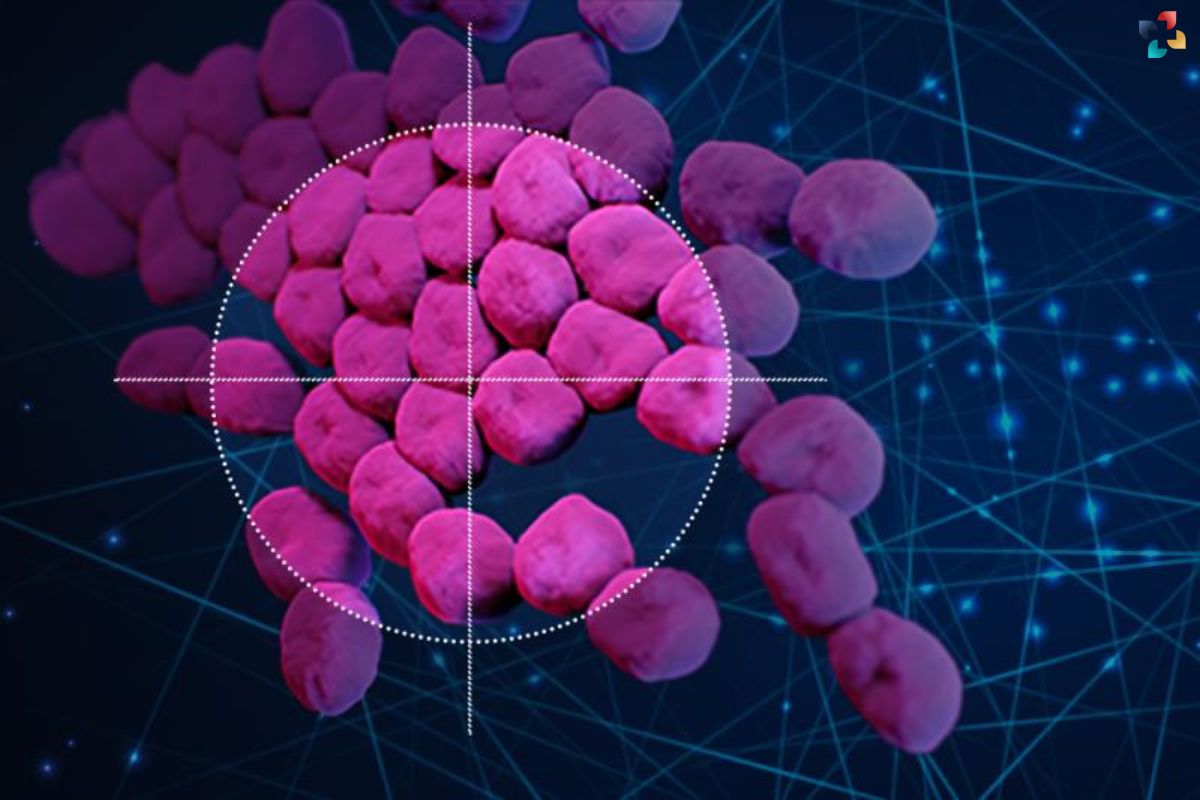Source-LinkedIn
In a groundbreaking study published in the journal Cell, scientists have harnessed the power of artificial intelligence (AI) to predict potential new antibiotics lurking within the global microbiome. Led by César de la Fuente, a professor at the University of Pennsylvania, the research represents a significant leap forward in combating antibiotic resistance through innovative technology.
Traditionally, the search for antibiotics relied on laborious methods like collecting water and soil samples to isolate microbial compounds. However, the advent of AI has revolutionized this process. De la Fuente’s team utilized a sophisticated algorithm to sift through vast amounts of microbial data, uncovering nearly one million new molecules hidden within the microbial diversity of the planet. This approach, according to de la Fuente, marks the largest antibiotic discovery effort to date.
Addressing the Global Threat of Antibiotic Resistance
The urgency of this research cannot be overstated, as antimicrobial resistance continues to pose a grave threat to public health. With over 1.2 million deaths attributed to antibiotic-resistant infections in 2019 alone, the World Health Organization (WHO) warns that this figure could skyrocket to 10 million annually by 2050 if left unchecked.
Despite the potential benefits of AI in accelerating antibiotic discovery, de la Fuente acknowledges the need for caution. Concerns about the misuse of AI to design toxins loom large. To mitigate this risk, stringent safeguards have been implemented to prevent the proliferation of harmful molecules. Fortunately, the molecules identified in this study are inert, eliminating the need for biosecurity measures.
Collaboration between Humans and Machines in Scientific Discovery
While AI has undeniably revolutionized the field of antibiotic research, its integration into scientific endeavors remains a subject of debate. Lisa Messeri, an anthropologist at Yale University, emphasizes the importance of thoughtful consideration when employing AI in scientific projects, cautioning against overreliance on these tools.
Echoing this sentiment, de la Fuente stresses the collaborative nature of AI-driven research, envisioning a future where humans and machines work in tandem to unlock new frontiers in science. Anthony Gitter, an associate professor at the University of Wisconsin-Madison, underscores the significance of leveraging AI in bioinformatics research, emphasizing the importance of computational analysis in identifying promising antimicrobial candidates.
As the study authors make their data and code freely available to the scientific community, the stage is set for further exploration of these potential antibiotics. While clinical trials may be on the horizon, significant hurdles remain before these discoveries can translate into tangible treatments.
In a landscape shaped by rapid technological advancements, the promise of AI in antibiotic discovery offers a beacon of hope in the fight against antimicrobial resistance. As researchers continue to push the boundaries of scientific exploration, the collaboration between human ingenuity and artificial intelligence stands poised to usher in a new era of medical innovation.







